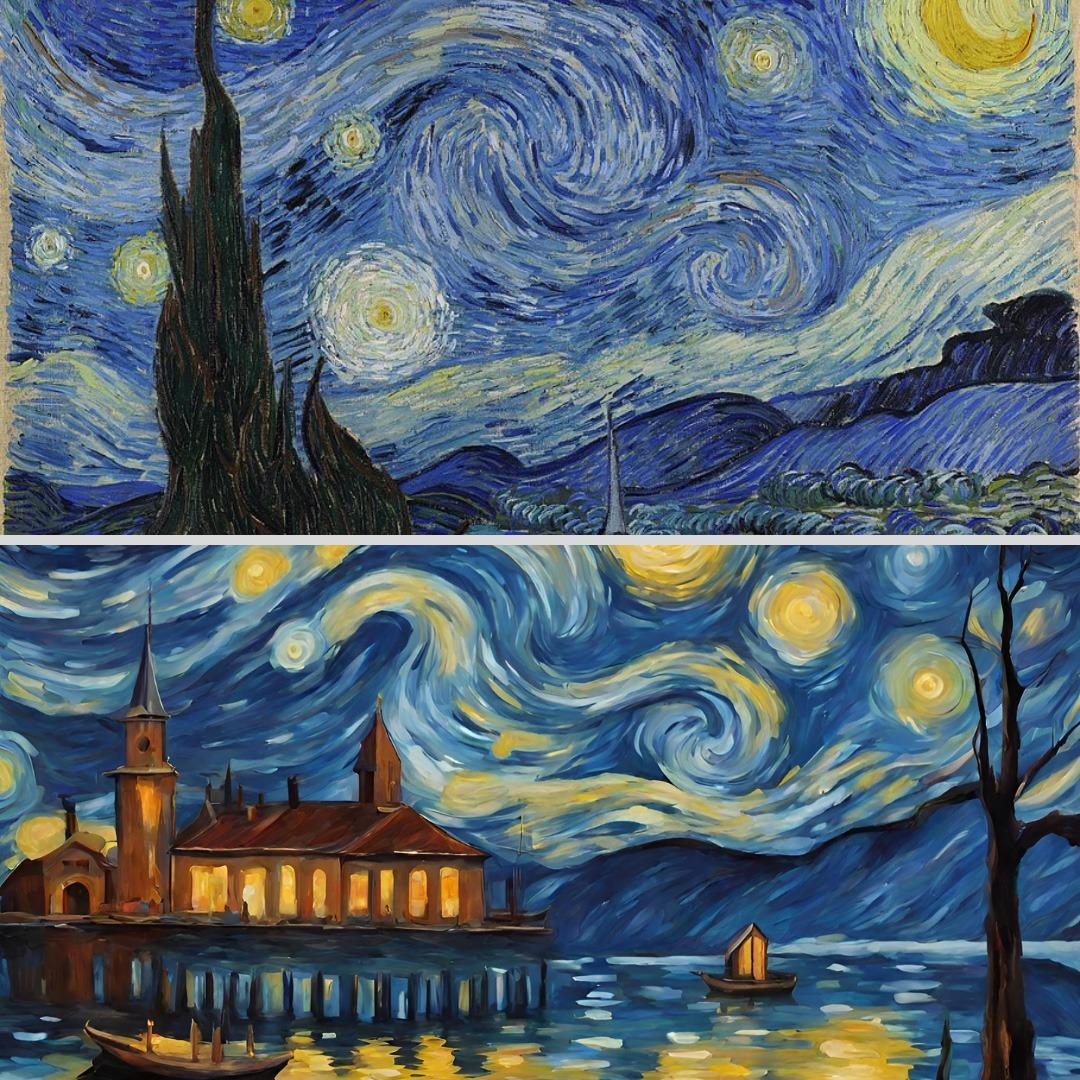The substantial developments of generative artificial intelligence have led to job losses, educational revisions and reconsideration of creative approaches. Its integration into daily life has expanded the scope of knowledge availability. However, it has also threatened specific fields of study, such as visual art.
In recent years, artists have noticed their artwork style being used in AI algorithms to generate images without their permission. In a story by The New Yorker, an artist from Tennessee named Kelly McKernan noticed that their artwork and style was being used to inspire specific inputs into AI programs.
McKernan and two other artists filed class action lawsuits against Midjourney, Stable Diffusion and DreamUp, AI imagery generating programs who store and use the work of artists without proper accreditation.
With knowledge of these developments, several Drake University students shared their feelings regarding the incorporation of AI into the field of fine arts as students prepare to enter the workforce.
Jake Elafros is one of eight seniors completing a capstone for his artificial intelligence major at Drake. Elafros is part of the first graduating class of artificial intelligence majors.
“Artificial intelligence is a very holistic program. I’ve taken a couple of computer science classes but also philosophy, ethics, English, law and either psychology or neuroscience,” Elafros said.
The curriculum accounts for the rapid evolution of the AI field. Elafros explained using Sora, a generative tool by OpenAI, as an example.
“Before [March], the best AI-generated video sucked, until OpenAI announced Sora, which blew everything out of the water,” Elafros said. “The way they made that was not new — it’s the same thing just applied to different contexts. The things we learn aren’t going to become irrelevant or incorrect, just things to keep building on.”
In Elfaros’s opinion, AI should be approached as a new technological tool, rather than a displacement of any developments.
“I don’t believe AI will ever be sentient. I don’t think it ever could be. Humans have immaterial souls,” Elafros said.
Another student, Oliver Williams, shared his views through the lens of artistic and scientific incorporation. Williams is a junior majoring in data analytics and graphic design.
Williams believes that AI poses an impending threat to graphic design and art forms, but that authentic artists will prevail.
“Right now, I’d say that AI art isn’t at a place where it looks appealing. It almost looks cheap because it’s so identifiable as artificial intelligence,” Williams said. “That’s not to say I hope it never turns out better, but an actual artist can turn ideas into art better than AI ever could.”
Williams said AI threatens art forms because most AI-generated images are “just a blender of a variety of actual artists’ work and creating something to be the most generic.”
Williams said that the biggest concern of AI incorporation into art was artists’ work being stolen by programs to generate images without attribution to the artwork analyzed to generate the image. Williams wishes to see stricter regulations on copyright.
“Even though it’s public, it’s not being legally used by the public, and there needs to be more regulations. We have to protect the rights of artists and their images,” Williams said.
Williams remained hopeful about the job security of graphic designers, however.
“There may be fewer opportunities for freelance designers because of the lack of restrictions, but I think that there will be plenty of value in real artists because it’s just so much better to put an actual idea into effect,” Williams said.
Ty, a first-year painting major who asked to go by their first name, is a proponent of higher restrictions needed for AI incorporations into art.
“A lot of artificial intelligence programs don’t do what they advertise. They have a filtering system that they use to collect data from Facebook and images, and a lot of traditional artists get accused of being AI when AI uses actual artists’ styles,” Ty said. “A lot of artists sell their art to companies copyrighted, but AI uses them without consent.”
Ty believes the threat that AI poses can be restricted under the parameters of artistic capability.
“I think they are slowly going to realize there needs to be a human touch because of the error that comes with technology. Like the images generated by Sora: Looking at it through the lens of an artist, the images are poorly created,” Ty said.
Ty highlighted Nightshade and Glaze as two tools helping prevent AI programs from stealing artists’ work. These programs are designed to contain data sets that are unsuitable for AI programs to extract for model training.
Ty articulated these programs as “poisoning” their work, meaning that generative programs nonconsensually accessing these data sets would deviate from expected training modes.
Ty succinctly summarized the issue of AI imitating artists’ work without proper attribution.
“Companies are unapologetically stealing, and when artists get mad that their work is stolen, companies get mad about it,” Ty said.
As artists continue to file lawsuits and urge AI programs to address these concerns, the future of AI in art remains uncertain. However, prospective artists and AI majors are prepared to combat these risks to provide a symmetric power balance to the growing forces of AI.







